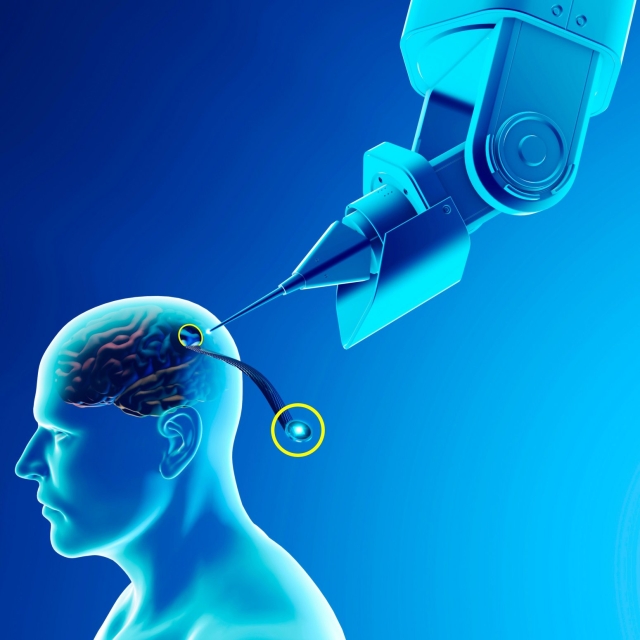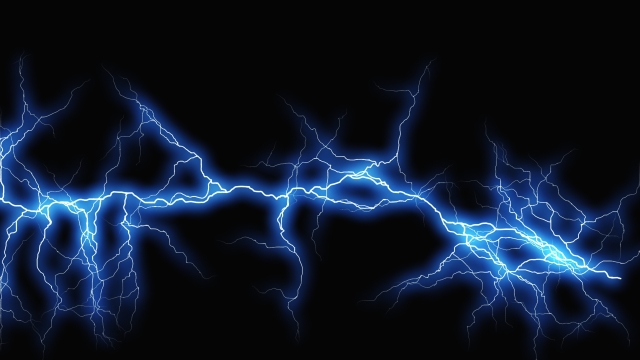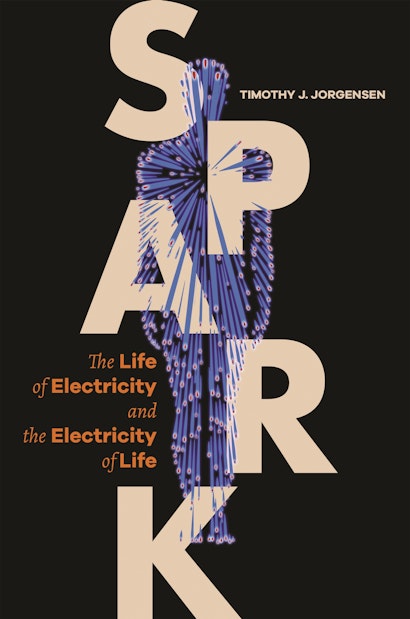It is an irony of our age that while electricity increasingly drives nearly every aspect of our daily lives, we continue to view it as some kind of mysterious external physical force that powers our appliances rather than an internal and vital biological force that animates our bodies. Worse yet, graphic mental images of electrocutions, whether natural (lightning), accidental (improperly grounded appliances), or intentional (the electric chair), have taught us that electricity is something we should fear and avoid. Nevertheless, all of our senses, all of our muscles, and most importantly, our brains and nervous systems, use and need electricity to function properly, and some of our most dreaded diseases are a due to biologically derived electrical signals going awry. Accordingly, the best hope for the treatment and possible cure for these ailments might just be electrical interventions.
Although we now tend to categorize electricity among the physical sciences, distinct from the biological, that wasn’t originally the case. Electricity was actually discovered through its effects on the body, and many believed it was actually produced within the body. In fact, electricity was first studied, and even accurately measured, by quantifying the biological responses it produced. For example, there were no measurement instruments better than a simple twitching frog leg, in terms of reliability, reproducibility, and sensitivity, for measuring relatively weak electric currents. And there was no better way to instantaneously produce very high voltage electricity than jabbing or otherwise provoking an electric eel. It actually was the futuristic goal of artificially emulating an eel’s electric organ that inspired the Italian scientist Alessandro Volta to invent the battery in 1800. At the time, he thought he had met with success when he showed that stacking disks of different metals in a specific regular pattern could generate an electrical current. Volta definitely could produce electricity in this way, but we now know that an eel’s electric organ creates electricity by a completely different mechanism. That knowledge came much later, and scientists are still trying to emulate the electric organ of an eel in order to create the next generation of batteries. Nevertheless, Volta’s serendipitous discovery that stacked metal disks generate electricity represents a major milestone in the history of both the electrical and neurological sciences.
Remarkably, one of the first experimental uses of Volta’s battery was to “reanimate” the muscles of dead people. Fellow Italian scientist Giovanni Aldini conducted some of the earliest neuroscience research on humans with the help of Volta’s battery and the bodies of executed prisoners. The bodies, fresh from the scaffold, could be induced to move their muscles, change their facial expressions, and even sit up, using carefully placed electrodes powered by Volta’s battery. Some who witnessed and marveled at these experiments incorrectly thought that Aldini was trying to bring the dead prisoners back to life. He wasn’t. But stories of Aldini’s work from eye witnesses likely inspired Mary Shelley’s writing of Frankenstein, the futuristic Gothic novel about in a fictional scientist named Victor Frankenstein who did just that. And as we know, Frankenstein’s “achievement” of restoring life to the dead had consequences, none of them good. But Aldini’s pioneering work is yielding important consequences to this very day, much of them good.

In fact, the story of how we came to understand electricity’s essential role in all life is rooted in these early experiments that sought to measure the influence of electricity on the body—influences governed largely by the body’s nervous system. But the nervous system itself was a scientific mystery at the time. Limitations in the understanding of neuroscience complicated the interpretations of electrical experiments. And limitations in our understanding of electrical science stymied progress in neuroscience. Consequently, these two branches of science began to develop in tandem, with discoveries in one discipline enabling discoveries in the other, “leap-frogging” over each other, if you will, in a continuous march to our present understanding of how electricity and nervous tissue interact. Now, our modern understanding of the two disciplines is currently enabling us to consider electrical interventions for a variety of health conditions, including diseases of our nerves and muscles, but also our brains, in ways that would have amazed both Aldini and Frankenstein.
Today, batteries not much different than Volta’s are being used to stimulate the muscles of paralyzed patients and restore movement to their inactive limbs. And amputees are having their nervous systems directly connected to electronic prostheses, so they can control the movement of those prostheses with just their thoughts. Even blind people are having the visual cortex of their brains stimulated by the output of electronic cameras in an effort to restore their vision. Similar approaches are being used to restore hearing to the deaf. Even disabilities resulting from abnormalities of the brain, such as the tremors of Parkinson’s disease or severe bouts of depression, are yielding to electrical brain stimulation treatments that are quickly becoming frontline therapies.
Recently, technical entrepreneur Elon Musk launched a company called Neuralink. As the name implies, its goal is to electrically link our nervous systems with computers. He thinks this technology will one day be capable of curing all neurological diseases by means of electrical brain implants controlled by computers. Far fetched? Perhaps. But if you think we are very far away from this possibility, perhaps it’s because you don’t understand how far we’ve come already. Spark explains where we started with electricity, how we got to the present day, and the many uses of electricity in therapy that are happening right now, allowing you to assess for yourself exactly how far we away we are from Musk’s futuristic vision. Spark will also enable you to ponder how much of a threat these new technologies might pose to our bodies, our minds, and even our individual autonomy.

We may tend to think of electricity as an alien physical force and a potential threat to our lives, but the reality is far different. Electricity is as critical to our lives as DNA. Our every movement, every thought, and indeed our very consciousness itself, depends upon electricity. And when our bodies’ electrical systems are disrupted, either by accident or disease, death often follows. It behooves us to better understand electricity so that we’ll be better able to comprehend life. After all, electricity truly is the vital force that animates our bodies from both without and within.
Timothy J. Jorgensen is a professor of radiation medicine and biochemistry at the Georgetown University School of Medicine. He is the author of Spark as well as the award-winning book Strange Glow: The Story of Radiation (Princeton University Press, 2016). He lives in Rockville, Maryland. Twitter @Tim_Jorgensen

